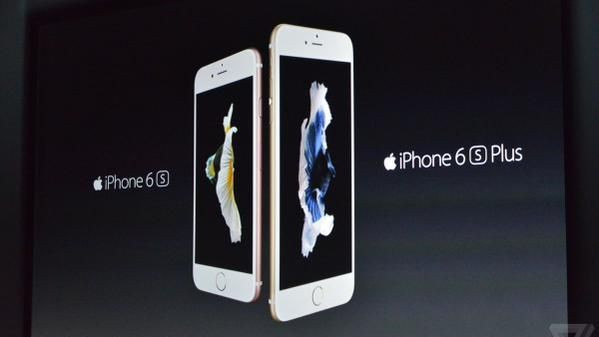Apple strikes goldmine with new upgrade program and iPhone 6s 16GB

Apple chose to stick to the 16 GB model to be the base option for its new iPhone 6s series. According to research, there is an explanation for such, as the new mobile units are not considerably costlier than its predecessors. Additionally, the new upgrade program from the tech giant may be a goldmine, according to experts. It might not be a cheaper alternative for some; still the offer comes with enticing features for all Apple customers.
According to research from Business Insider, the 64GB model of the iPhone 6s is only well over US $28 (AU $39) compared to the iPhone 6 - excluding manufacturing and distribution costs. Furthermore, an interesting aspect of the series is the memory. The iPhone 6s' 64 GB module flash is only around US $20 (AU $27) which is US $100 (AU $139) less than what Apple charges buyers who are unsatisfied with their 16GB model. The iPhone 6s 64GB costs around US $749 (AU $1043) for the unlocked version in the United States.
The report added that considering these factors, although not officially claimed, makes it logical for Apple to choose to stick to the 16GB model instead of the 32 GB as the starting option. Additionally, even if Apple will be earning around US $80 (AU $111.5) per customer on memory is not really bad news for customers. The 64GB model this time is more affordable as opposed when the same memory was offered for the iPhone 5s.
As for Apple's Update Program, the appeal lies in the fact that once a customer completes the 12 monthly payments, they are qualified to buy a new iPhone and begin another two-year repayment plan. "After 12 installments, you can get a new iPhone and start a new iPhone Upgrade Program," Apple claims on its website.
“No more waiting for your carrier contract to end. Just trade in your current iPhone for a new one, and your new program begins.”
In this, RBC Capital Markets analyst Amit Daryanani discussed: “You essentially create a certain group of your user base that is going to be on a 12-month upgrade cycle."
“The big question is how large that group becomes," the analyst added.
Contact the writer at feedback@ibtimes.com.au, or let us know what you think below.





















